A new research study from MeetingsNet has found that professional development is the main reason attendees attend events. Of course, the extent of this does really depend on the type of events you run – but generally, when you look at the factors that determine whether or not someone decides to sign up to an event, education, networking and destination always come up top. And as event organisers, these are probably the three most common areas we consistently promote in the marketing activities we do around our events.
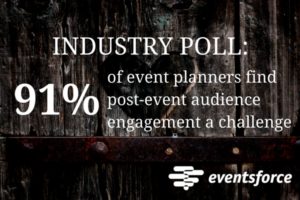 While many of us may be seasoned experts in creating engaging events that do well in fulfilling these attendee expectations, it can be hard to maintain this level of engagement once the event is done. In fact, an industry poll from Eventsforce this month found that an overwhelming 91% of event planners find post-event engagement a challenge.
While many of us may be seasoned experts in creating engaging events that do well in fulfilling these attendee expectations, it can be hard to maintain this level of engagement once the event is done. In fact, an industry poll from Eventsforce this month found that an overwhelming 91% of event planners find post-event engagement a challenge.
So, what can we do about this and why should it matter? Interestingly, it goes back to education and networking.
Why Is Post-Event Engagement Important?
Suppose you’ve just had a great event and the feedback’s been good. Your attendees are feeling inspired and ready to share the ideas they’ve learnt. They also want to connect with the people they met at the event. So, education and networking. These are the two main reasons attendees came to your event and they are the same two reasons people will continue to engage with you after the event.
Why? Because learning and connecting with the right kind of people will open up new opportunities and help them become better at what they do. From their perspective, the event is a means to an end, not an end in itself. So, let’s stop thinking about events as a stand-alone activity and instead look at how it fits into the bigger picture which is our wider audience engagement strategy.
There is an enormous opportunity to use an event as a platform to start new conversations. To continue education and to create a community of like-minded people who want the same things. This not only builds excitement and momentum around the events you’ll be hosting in the future, but it also creates a greater sense of loyalty around your brand and what it represents.
Listen, Listen, Listen
 If your post-event engagement strategy is facilitating education and networking, then you need to focus on delivering value. And value comes from determining how people engaged with your event in the first place – from the email marketing campaign you used to launch your event website, to registration, social media, mobile apps, surveys and so on. Find out how your attendees engaged with your event across all these different data points and you’ll be in a good position to figure out what will work and what won’t.
If your post-event engagement strategy is facilitating education and networking, then you need to focus on delivering value. And value comes from determining how people engaged with your event in the first place – from the email marketing campaign you used to launch your event website, to registration, social media, mobile apps, surveys and so on. Find out how your attendees engaged with your event across all these different data points and you’ll be in a good position to figure out what will work and what won’t.
Here are some examples of the kind of questions you should be asking when determining how people engaged with your event:
- How did they interact with the event website? Google Analytics is a very powerful tool that can help you figure out where your visitors and registrations are coming from, the journey people take through the site and the content and pages on your site that are the most/least popular. Read more about it here.
- Breaking down attendees by type can really help you with your post-event engagement strategy and the key to this is your registration system. What kind of information did they supply in their forms? Are you able to use that data to segment attendees into different categories or industries? Are they new or returning visitors? Who were they interested in meeting with at your event? For example, knowing that 70% of your attendees were female marketing managers from London who love networking can give you the intelligent data you need to help you personalise experiences before, during and after the event.
Sophisticated data capture tools – like the Eventsforce event management system – help event planners collect and analyse valuable information on their events and attendees. Have a look at how you can use registration systems to personalise content for attendees: ’7 Easy Ways of Using Your Registration Process to Personalise Events’.
- How did they use the event app? Look at your app analytics to see what features attendees used and what wasn’t of interest to them. Look at the kind of content they were interested in downloading, how they used the networking tools, how they engaged with speakers during sessions, whether they were interested in meeting exhibitors or attending seminars and so on.
- What sessions did they attend? What did they register for but were unable to attend? Which sessions were popular and which had a lot of no-shows? This kind of information can easily be captured by your event management system and can help you determine topics, questions and speakers that resonated with people at the event.
- How did they engage with others at the event? Proximity solutions like NFC and RFID are helping event planners and exhibitors better understand visitor footprints on the show floor to determine hot and cold spots. It can give a good indication of what grabbed the interest of attendees, which booths were popular or whether or not they were able to visit all the booths they had originally shown interest in.
- What feedback did they provide on surveys and polls? What did they like about your event and what didn’t meet their expectations? Which speaker stood out for them? Were they able to get everything they want or do they need more information? And of course, would they come again? All this information will provide you with useful insight when determining your post-event engagement activities.
- How did they engage with your event on social media? Were there some platforms more effective than others? What content were they sharing with their own networks? What engaged them emotionally and what was educational? Were there any negative posts and how were they dealt with?
Looking at all these different areas and learning how your attendees engaged with your event will form the basis of your post-event content strategy.
NEXT WEEK: How to keep the conversation going – we’ll be looking at how to put together a post-event content strategy, along with 10 great ideas that will boost your long-term audience engagement.
Want to be a tech-savvy event planner? Sign up to the weekly EventTech Talk newsletter here and get updates on all the latest technology trends, discussions and debates shaping the events industry today


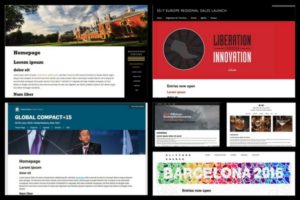







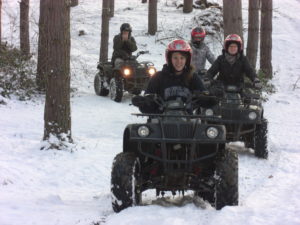
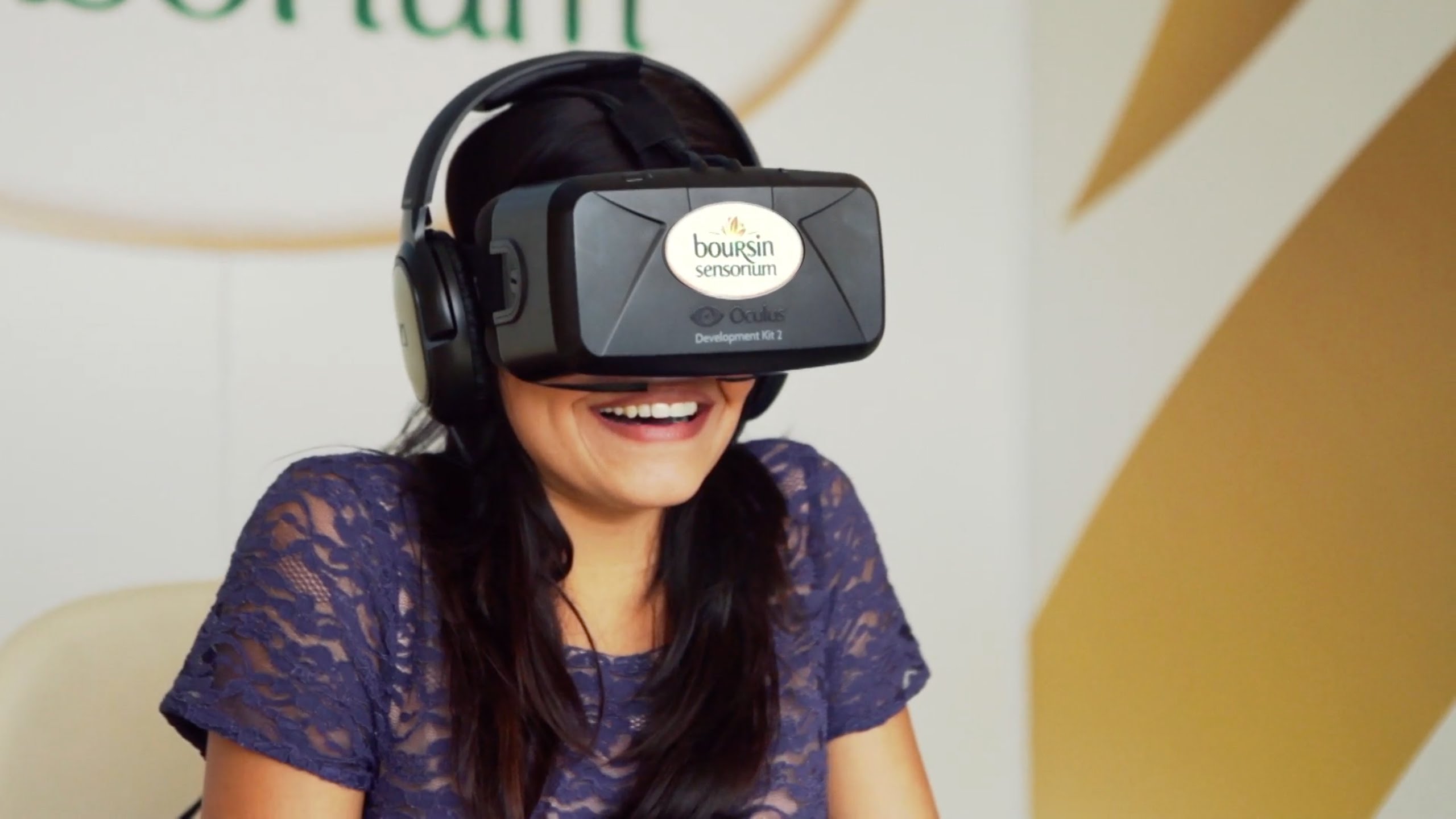
 The annual series of Women into Leadership conferences has established itself as the main go-to event for people interested in seeing more leadership opportunities for women. The 2016 events were held in London, Leeds and Edinburgh, featuring over 50 speakers and more than 1,000 attendees.
The annual series of Women into Leadership conferences has established itself as the main go-to event for people interested in seeing more leadership opportunities for women. The 2016 events were held in London, Leeds and Edinburgh, featuring over 50 speakers and more than 1,000 attendees.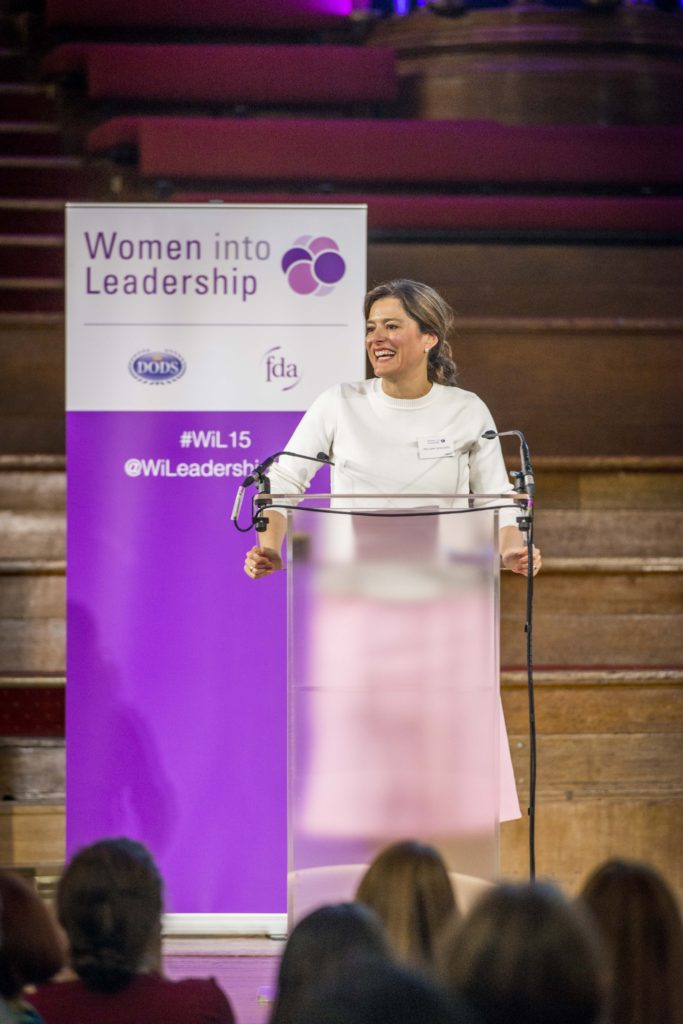 What would you say was the biggest challenge of planning the Women into Leadership events? How do you prepare for a crisis scenario?
What would you say was the biggest challenge of planning the Women into Leadership events? How do you prepare for a crisis scenario? 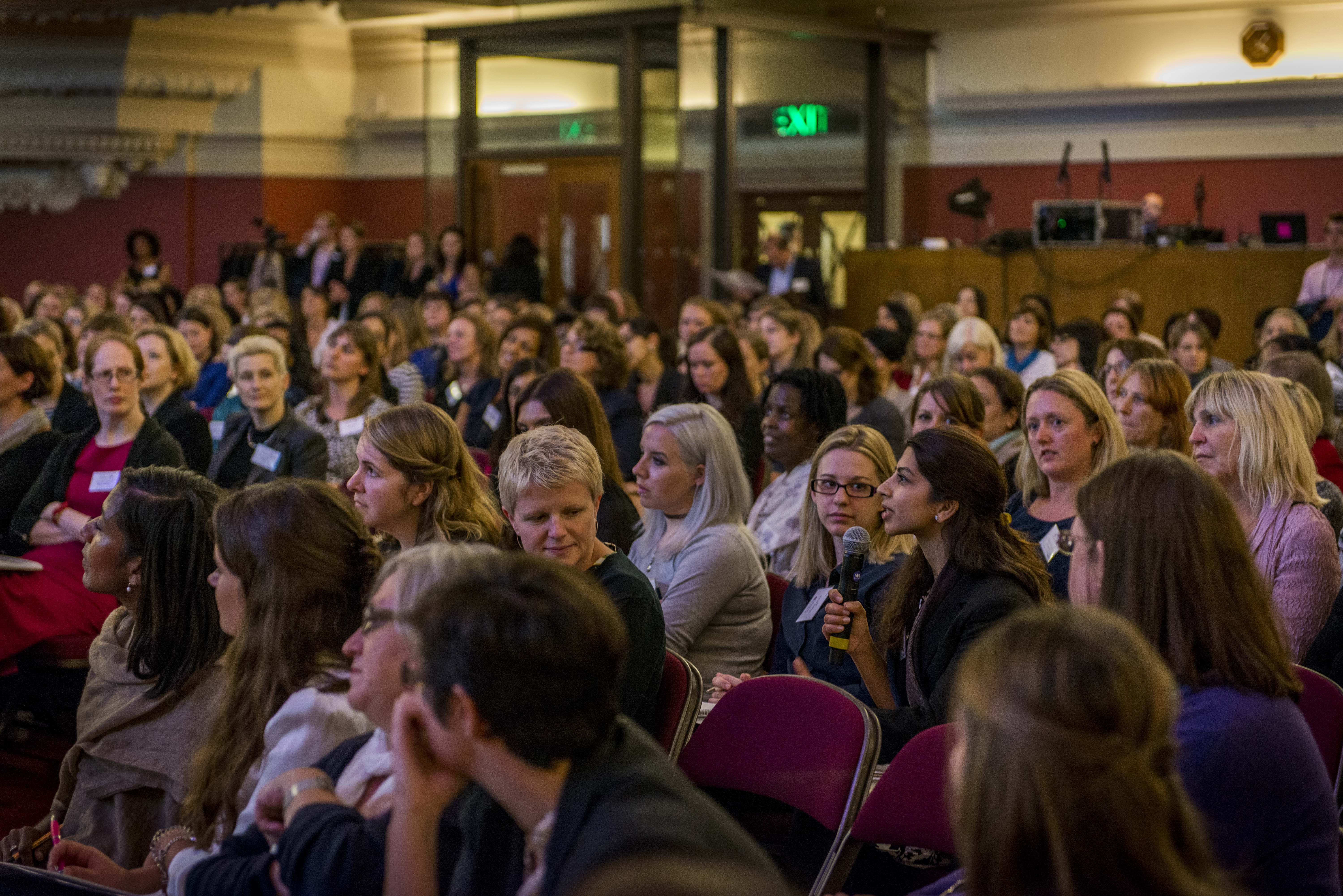 How do you evaluate the success of your events?
How do you evaluate the success of your events? 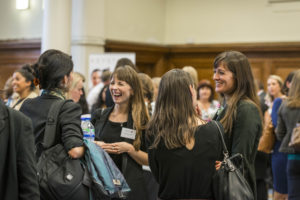 From a Women into Leadership perspective, speaker line-ups are definitely becoming more diverse and event managers are very aware that they are being judged on the diversity of their speakers – it’s very important. Gone are the days when an all-male panel was acceptable – our audience want to hear from a diverse range of people, which reflects the society we live in!
From a Women into Leadership perspective, speaker line-ups are definitely becoming more diverse and event managers are very aware that they are being judged on the diversity of their speakers – it’s very important. Gone are the days when an all-male panel was acceptable – our audience want to hear from a diverse range of people, which reflects the society we live in!
 This year’s Festival of Marketing (FOM) took place on 5-6 October at Tobacco Dock in East London. It is the largest global event dedicated to brand marketers with more than 200 speakers, workshops, awards, experience rooms and training sessions. Over the two-day event, more than 4,000 marketing professionals came together to discover, learn, celebrate and shape the future of marketing.
This year’s Festival of Marketing (FOM) took place on 5-6 October at Tobacco Dock in East London. It is the largest global event dedicated to brand marketers with more than 200 speakers, workshops, awards, experience rooms and training sessions. Over the two-day event, more than 4,000 marketing professionals came together to discover, learn, celebrate and shape the future of marketing.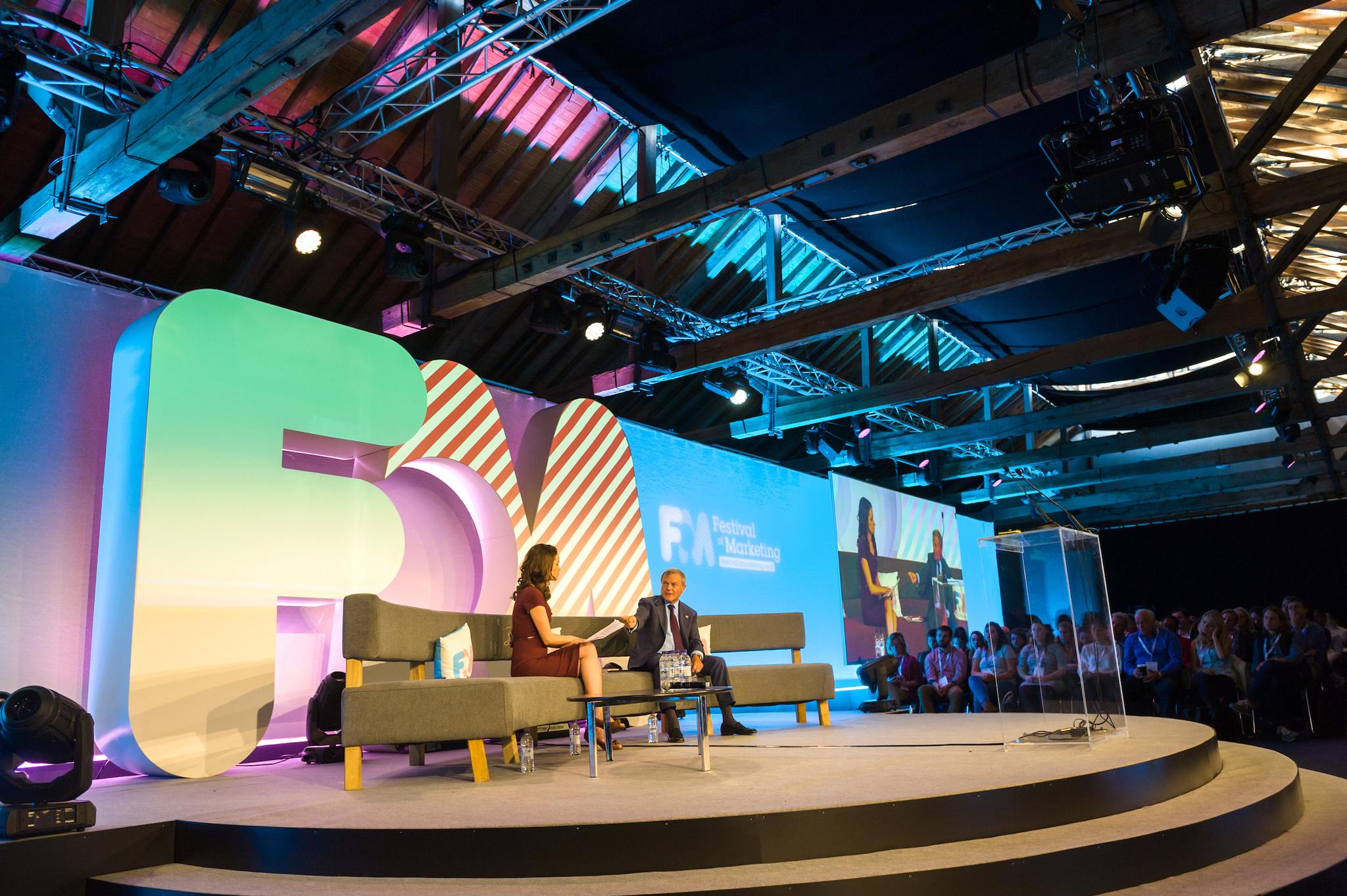 Given the size of FOM, what would you say was the biggest challenge of planning an event this size?
Given the size of FOM, what would you say was the biggest challenge of planning an event this size? 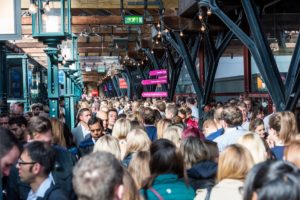 What do you see as the most important trend in the events industry today?
What do you see as the most important trend in the events industry today?

